Reviews 15 min read
Tested: MINI Electric
The MINI Electric is the most important launch for the brand since it was introduced under the BMW group in 2001. Is it as good as its similarly priced small EV rivals? Here’s everything you need to know.
Discover EV expert verdict...
- Affordable entry price
- Great handling
- Retains MINI’s funky looks and upmarket interior
- 145 mile range may not suit everyone
- Cramped rear space and boot
- Only available as a three-door
Overview
Following the Suez crisis oil shortage and the demand for affordable motoring, Sir Alec Issigonis designed a small, practical car that was widely available to the masses. It was called the Mini and the first cars rolled off the line at Oxford in 1959. Sixty one years later, as we stand in the very same assembly plant watching the new MINI Electric in the final stage of its journey, it definitely feels like history is repeating itself. Later on, when we get behind the wheel and see for ourselves that it still retains the brand’s sprightly performance, go-kart handling, styling and affordable price tag, we begin to wonder if this car could go on to spark another global success story.
The company’s pioneering, large scale field trial of this car began in 2008 with the MINI E. Learnings from this project played a vital role in the subsequent development of the BMW i3 (and i8), technology pioneers which themselves informed the company’s current range of plug-in hybrid vehicles, including the MINI Countryman Plug-in Hybrid in 2017. Two years later the first purely electric powered series production MINI was announced. With the BMW Group forecasting that battery electric vehicles will grow by 70 per cent this year, the MINI Electric – which has no surcharge over its’ conventionally powered siblings – will be a pivotal car for the multinational company, together with its other electrified offerings. With UK sales set to be 25 per cent of the world’s volume, and one in eight new Minis now expected to be Electric, it will indeed be a key market player.
Driving
What’s important here is that it still feels like a MINI, but only better, thanks to a number of things. Firstly the MINI Electric has a unique Dynamic Stability Control system – in layman’s terms it just means excellent traction at set-off, which is a common problem on electric cars where 100 per cent of the torque is delivered at zero rpm. Every car has a wheel spin sensor but in an electric car the magnetoresistive sensors offer even higher resolution enabling them to detect much earlier when the wheels are about to slip. In the MINI Electric the sensor is integrated into the electric motor unit rather than directly above the impulse wheel so is apparently more dynamic, and quicker to react. On our test drive the roads were wet and we have to say it felt more planted than a lot of other EVs we’ve driven, there is no hint of any wheel spun even when accelerating out of tight bends.
With a cut-out of the MINI Electric at the UK press launch we were able to see all of the modifications made to this vehicle. The biggest component is the battery tray, with its 12 cell modules and associated electronics sensing all the voltages and temperatures of every individual cell, together with the big high voltage cables that provide energy and power to the driveline. It is arranged in a T shaped unit under the vehicle floor, between the front seats and below the rear seats to keep the car as low as possible to retain the MINI’s handling genetics. The centre of gravity is in fact 30 mm lower than in the MINI Cooper S and the reduced weight over the front wheels thanks to the electric motor means a near perfect 50:50 weight distribution, which is almost unheard of in a front-wheel drive car.
A few changes were also required to the body, where the petrol filler would normally be is now the charging plug, and with MINI providing both AC home (occasional 3-pin plug) and public charging cables (type 2 7.4kW) as standard (some car makers don’t!). Under the bonnet, everything has been removed and a special tubular frame, which is very light and robust, attached to the existing engine mounting points. At the very front is the electric motor, hidden at the bottom right behind the wheels, along with the transmission with single-stage configuration and integrated differential. On the top is the power electronics, which is responsible for controlling and converting electrical power in the system, including the battery and electric motor. This unit also provides 12 volts for the car through the DC/DC convertor, as well as the on-board charger that enables you to charge from a household socket.
The motor is the latest, powerful version of that developed for the BMW i3, so it has already collected millions of miles under its belt and this particular design is not only bullet-proof, but efficient. Even BMW themselves pointed out that the i3’s components are lasting better than expected – where they were anticipating a seven-year battery life at launch, it now looks like ten. Together the aforementioned changes, that also includes firmer springs and dampers, and it translates to a nimble chassis with 184hp and 200lb-ft of torque delivered seamlessly and smoothly. Despite the 145kg weight penalty, the car is only half a second slower to 62mph compared to the current MINI Cooper S 3-door completing the sprint in 7.3 seconds, but undoubtedly getting to 37mph in a better time taking just 3.9 seconds. Top speed is quite significantly less, but when do you ever get the chance to legally go above 93 mph!
The car offers four driving modes. SPORT mode sharpens up the steering and provides a more rapid power delivery – it is by far the most fun but it does zap the range. The MID setting has less aggressive steering while GREEN mode features gentle accelerator actuation and GREEN+ limits or deactivates comfort functions such as air conditioning to increase range.
There are two levels of power regeneration which allows you to alter the severity of automatic braking: intense (0.19g) which only needs a dab of the brake to bring it to a complete stop, while low-level (0.11g) is more akin to lifting off in a petrol or diesel MINI. We preferred the former of the two – it doesn’t take long to judge how to slow down smoothly and it is nowhere near as harsh as Nissan LEAF’s e-pedal, with good brake pedal feel when the anchors are required.
All in all, the electric drive takes MINI’s infamous go-kart feeling to new heights. It has the same kind of weight and feel to the steering as the regular MINI, which isn’t super-light like you get in other small EVs. It turns in keenly and stays flat, and there is no other electric car at this price point that handles so well. Put simply, it’s a great drive.
Range and Running Costs
Let’s address that elephant in the room – up to 145 miles of range, which is less than the Peugeot e-208 (217 miles) and Volkswagen ID.3 (up to 340 miles with the bigger battery) although more than the Honda e (with 136 miles of range). With a lower range however, comes a smaller battery capacity of 32.6kWh, which means at a 50kW fast charging station, a zero to 80 per cent charge is reached in 36 minutes. It should also be said that as well as boasting a faster charging time over its aforementioned competitors, the MINI Electric consumes less energy, plus it weighs less, has a better power to weight ratio, the quickest acceleration from 0-62mph and more overall power – which in theory should all contribute to a better driving experience.
What’s important here, is that it’s cheaper to buy than most of its rivals, bar perhaps the Renault ZOE and MG ZS EV, which although are more practical in terms of range and space, the MINI Electric is likely to hold onto its value better. Not to mention it’s very well put together – something you’d be proud to own.
Anyone who buys an electric MINI is entitled to benefit from their partnerships with BP Chargermaster and OVO Energy, too. So, for example owners can choose to have the popular Homecharge unit supplied and fitted from £449 (compared to the MINI wallbox Connect which costs from £900), as well as benefit from BP Chargemaster’s unique subscription service Polar Plus. The first three months’ membership is free, and then you pay just £7.85 per month thereafter with unlimited access to over 7000 charging points, most of which are free to use. For the others (fast chargers mainly) you just pay for the electricity consumed – from only 12p per kWh, which is cheaper than the average cost at home. In addition, customers who sign up with the EV Everywhere plan and charging off-peak on the Economy 7 tariff version, OVO Energy will offer 5000 free miles. Better still, those miles are green as they purchase 100 per cent of their energy from renewable sources such as wind, solar and hydro.
Introduced in the BMW i3, the heat pump, which is claimed to drain 30 per cent less energy than the standard heating system has been upgraded for the MINI Electric. Ordinarily it will extract heat from the battery and with that the cabin is climatised but this takes up a lot of energy which costs range. The pump in the MINI takes heat from the ambient air but also from the motor to maximise efficiency.
On our first test drive of the car after 48 miles of spirited driving in mainly SPORT mode we only had 57 per cent battery left. That equated to 3.7 miles/kWh and MINI quote an efficiency of 4 miles, so we’re sure that in warmer weather (it was only 3 degrees) and in MID mode it’s entirely possible to get close to that 145 miles of range.
The thing to remember is MINI’s research shows the average Cooper driver does about 26 miles per day, or around 10 miles a week. That’s easily four days of use, followed by a maximum £5 recharge. That’s cheap motoring. And if it’s not enough for you don’t consider it. Simple as that.
Design
From the outside there’s not much to distinguish the MINI Electric from its fossil-fuel burning siblings. The specific differences include an embossed MINI Electric logo on the car’s side scuttles, tailgate and front radiator grille, talking of which it features the hallmark hexagonal shape but is closed as the car obviously requires less cooling. This also contributes to better aerodynamics, as does the enclosed undercarriage, rear apron and optional 17 inch Corona Spoke two-tone wheels. The mirror caps are finished in Vigorous Grey and optionally in yellow, as is the horizontal blade on the front radiator grille and there’s a chance to choose exterior finishes so for those that want to shout about having an electric MINI they can.
The aforementioned Mini E trial found that owners will not compromise on practicality. EV technology 11 years ago was comparatively basic and its 35kWh battery was so big that it took up the rear seats and most of the boot. Over that time, BMW has managed to rework the car to accommodate a powertrain it was never intended to have and make it no less practical than a normal MINI. So, you can still take three passengers and it retains the same 211 litre boot, expanding to 731 when then the rear backrests are folded down.
Inside you’ll also find a fully digital display cockpit, with the 5.5 inch colour screen showing road speed, charge level of battery, the selected driving mode, status of driver assistance systems and check control messages, together with additional details from the navigation system if in use. There’s also a new digital dashboard that provides information on the current flow of energy and the range, as well as offering ways of increasing the range by deactivating comfort functions or boosting energy regeneration. Our only criticism is where the 6.5 inch touchscreen is crammed into the round housing (a throwback to the speedo in the original Mini) this now feels a little outdated with the latest electric cars now offering large tablet-like screens.
Comfort and practicality
Let’s be honest a three-door MINI is not exactly the most practical of cars in terms of space for the rear passengers (with slightly less head room than in the regular versions of the car due to the battery’s position), but also if you need a boot that will hold more than few bags. However, unless you’re going away on a family holiday, which let’s be honest you won’t be with 145 miles of range, it is more than adequate for the school runs, shopping trips and average commutes. There’s at least useful stowage in the door pockets and in the armrest, and over the 100 or so miles we drove the car, it also proved more than comfortable – even if the ride does err on the side of firm.
There are three trim levels. The standard trim (which comes with a higher level of equipment compared to a standard MINI Cooper S) designated Level 1, is available with a lease price starting at £299 per month (plus £4000 initial rental for a 48 month Personal Contract Hire agreement) and a list price of £24,400 OTR after the government plug-in car grant. It offers MINI Connected (which brings a wide range of eDrive services and apps, including remote features) and navigation system (displaying nearby public charging stations, also including Real Time Traffic Information and Apple CarPlay), LED headlamps and rear lamps, that aforementioned heat pump technology and charging cables, pre-conditioning (enabling you to remotely heat or cool your vehicle prior to departure without impacting range) and automatic dual zone air conditioning. Level 2 offers cloth/leather-look upholstery, additional exterior body colour and wheel options, rear Park Distance Control (PDC), rear cameras, seat heating, Driving Assistance Pack and logo projection and is available at £26,400 (or £329 monthly payments). On top of this Level 3 offers front PDC, Park Assist, Harman Kardon sound system and head-up display, panoramic sun roof, Matrix LEDs, 8.8 inch infotainment screen, wireless phone charging, leather upholstery, a choice of five alloy wheels and six exterior body colours and while the pack offers savings over opting for all those sought after items individually it’s not cheap at £30,400 (or £399 monthly payments).
If you’re considering the MINI Electric as your company car, it will have a BIK tax rate of 0% for the year 2020/21. Even if you’re not the running costs alone should tempt you costing as little as 4p a mile, which is 2.5 to six times cheaper than a petrol or diesel car (which varies between 9.6p and 21p as quoted from the UK Government website 29 August, 2019). And with the MINI Electric Pay Monthly Service Plan you could pay from as little as £10 per month for servicing or £30 for servicing, brakes and tyres.
Verdict
At the UK press launch David George, MINI UK Director, said: “This feels like a really big step change for MINI. There are not many brands where so many people have a story that they can retell or a connection with in one way or another. And the MINI Electric will give a new generation of people their own anecdote and experience. Last year we celebrated 60 years of our much-loved brand and it still lives on now. We’re full of optimistic spirit – the MINI was made to be electric. It has already had 2000 pre-orders in the UK without any of them having driven the car and 60 per cent of those have never owned a MINI before.”
As they’re produced on the same production line as the conventional MINI, the car maker says that can be quite flexible when it comes to demand – but they also say it’s very hard to foresee how many people will take up EVs, only time will tell. For now, things seem very positive.
If you do like the idea of owning an MINI Electric, but also want to know about living with an EV, it has created an online hub whereby you can you can enter postcodes of regular journeys to see how often you need to charge and for how long and where, plus the savings you’ll make. If you’re worried about that 145 mile range it will certainly clarify whether this is the small EV you’ve been waiting for!
When asked whether there will be others – a five-door or a convertible for example, MINI were very coy, saying they need to keep an eye on take up of this model before making further decisions. We for one would love to see other versions, as this feels like such a fine addition to the MINI family. The BMW i3 may not have been the sales success BMW were looking for, so it will be interesting to see if the conventional approach from MINI can do the numbers. Will it be the most sought-after car this year? Watch this space.
And don't forget, if you do like this make and model of car you just read about, you could secure a discount if you use our partner e-car leasing service using the code DEV-ECAR.
Key Specs
2020 MINI Electric
Price (OTR RRP): From £24,900 (including plug-in grant)
Top speed: 93mph
0-62mph: 7.3 seconds
0-37mph: 3.9 seconds
Power: 184hp
Torque: 199 lb-ft
Driving range (WLTP): Up to 145 miles
Charging time (0 to 80%): 36 minutes (DC 50kW fast charging station) or 1.4 hours to 100%; 2 hours 30 minutes (AC home/public charging 11kW) or 3 hours 30 minutes to 100%; 3 hours 12 minutes (AC 7.4kW) or 4.2 hours to 100%
Insurance group: 18 to 20 (Level 1 to 3)
Vehicle warranty: Three years; Battery warranty: Eight years or 100,000 miles

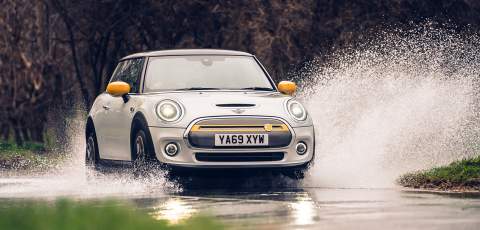

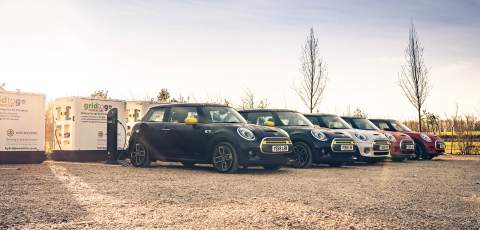


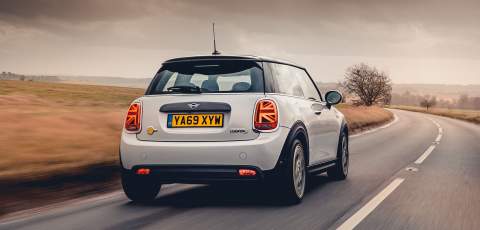
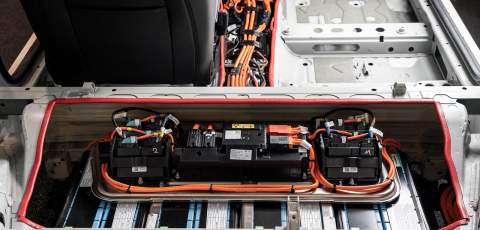
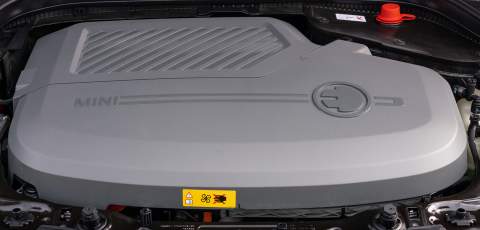
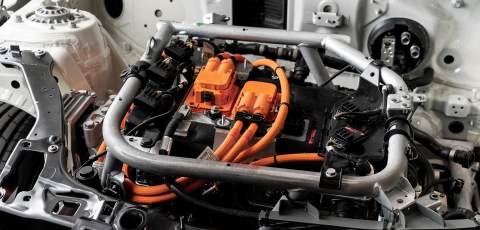
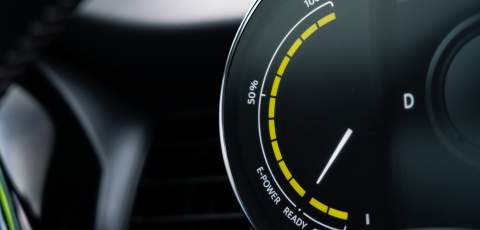
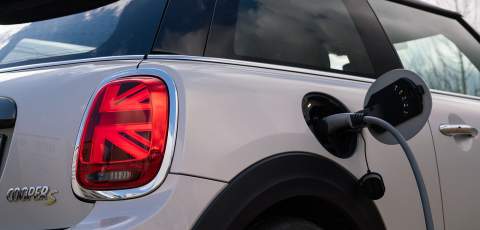
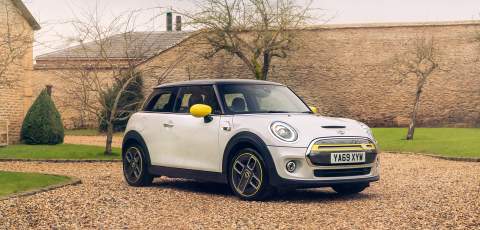
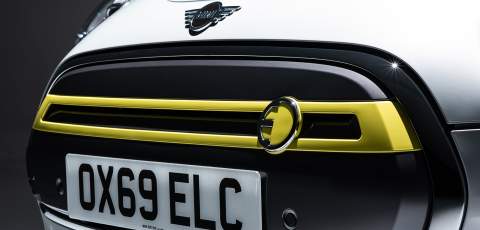
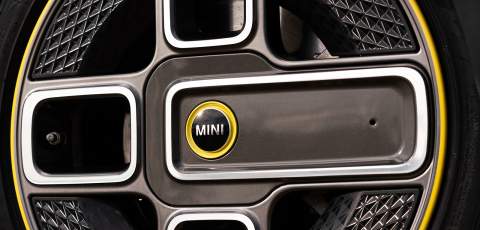
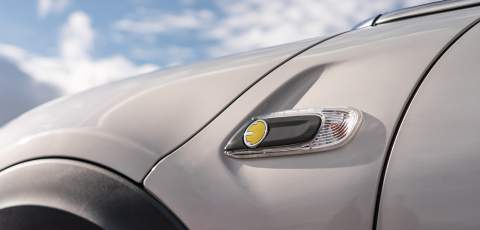
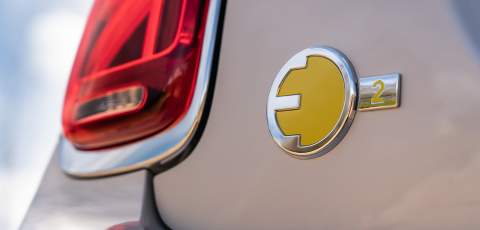
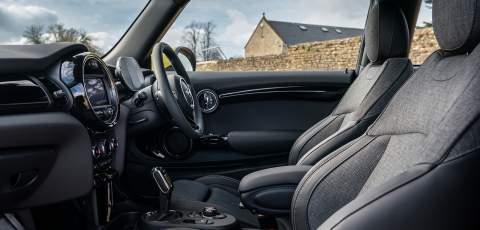
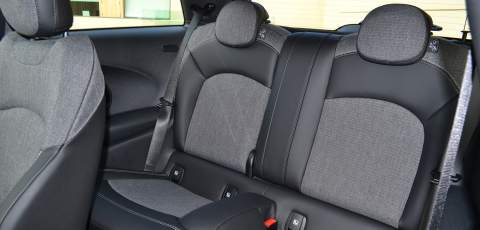
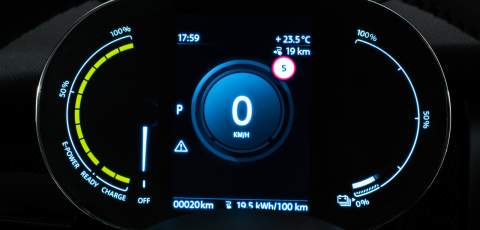
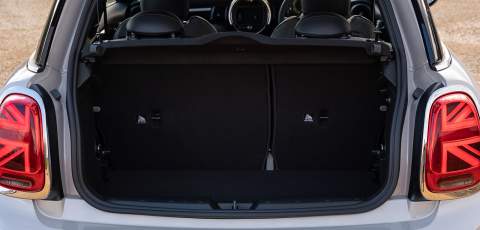
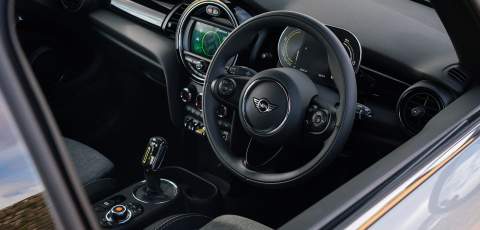
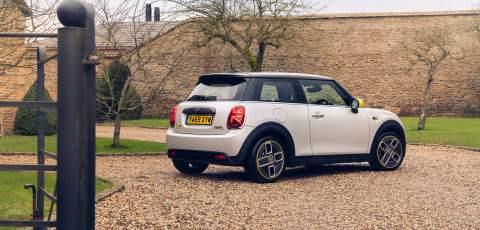
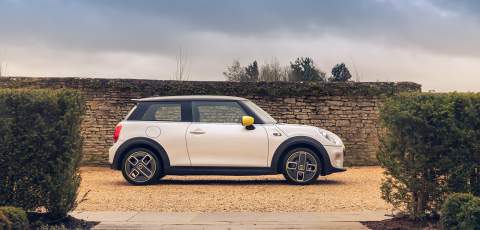

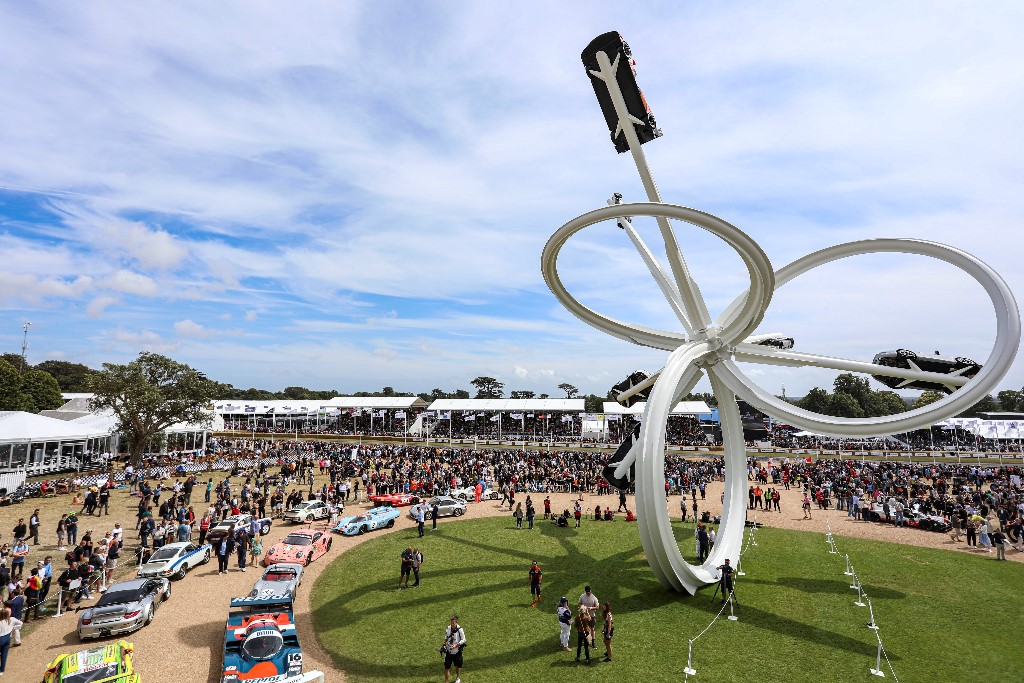
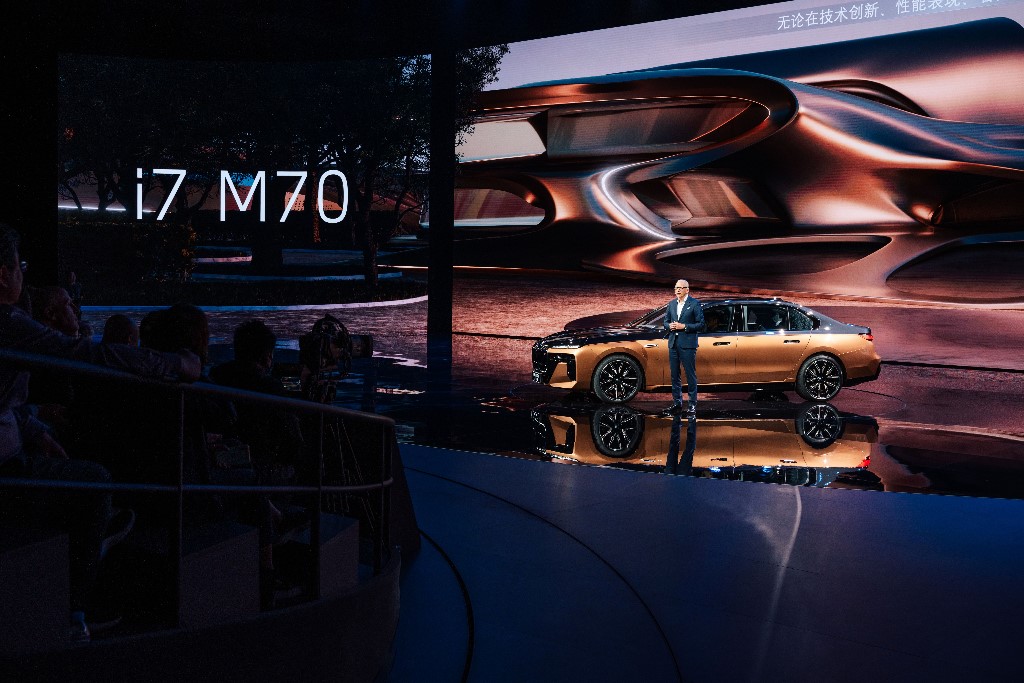
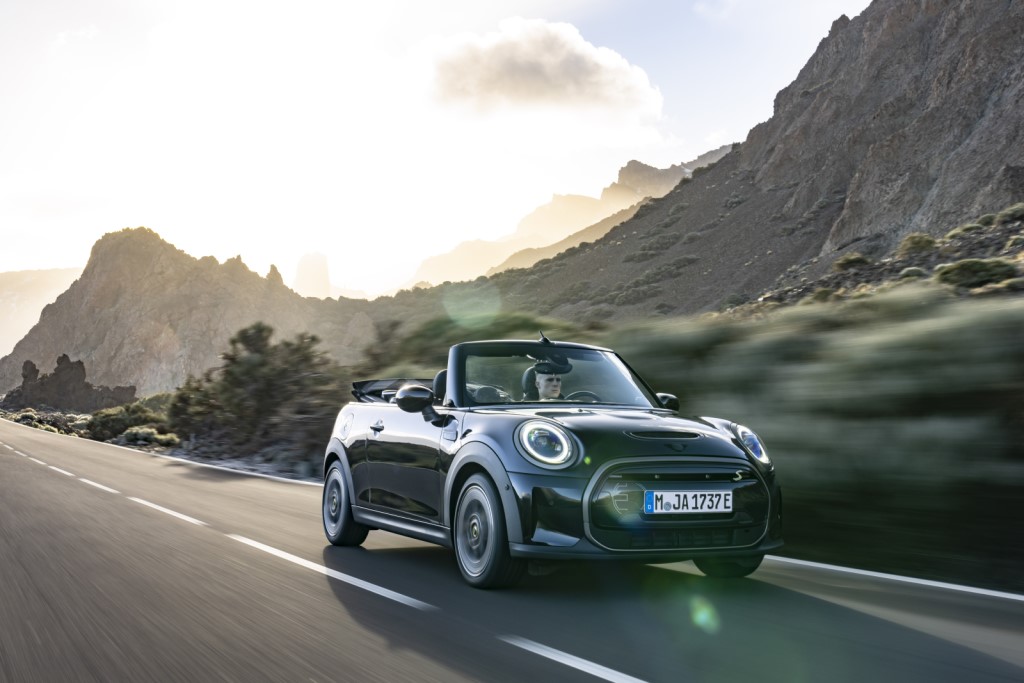
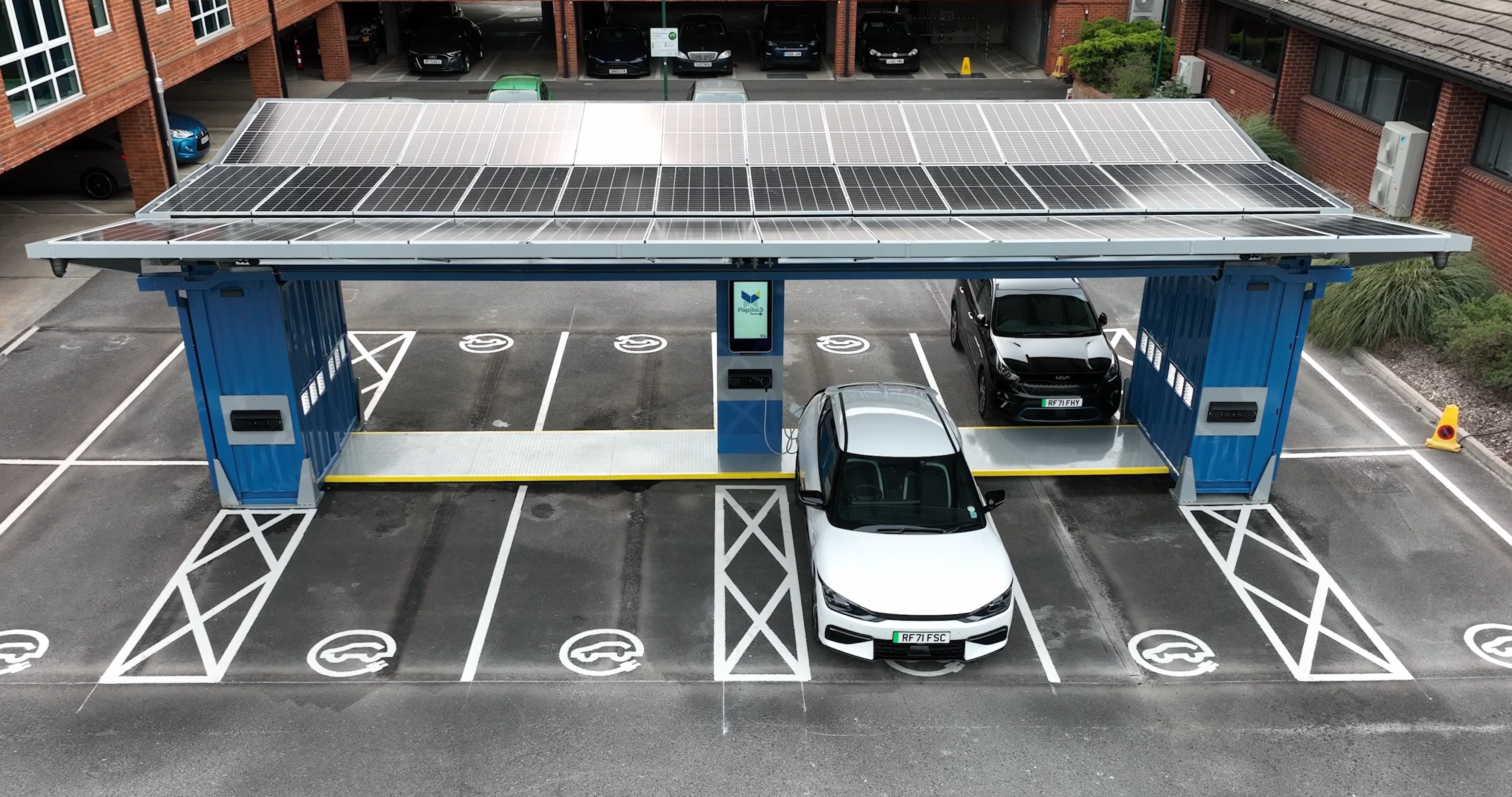
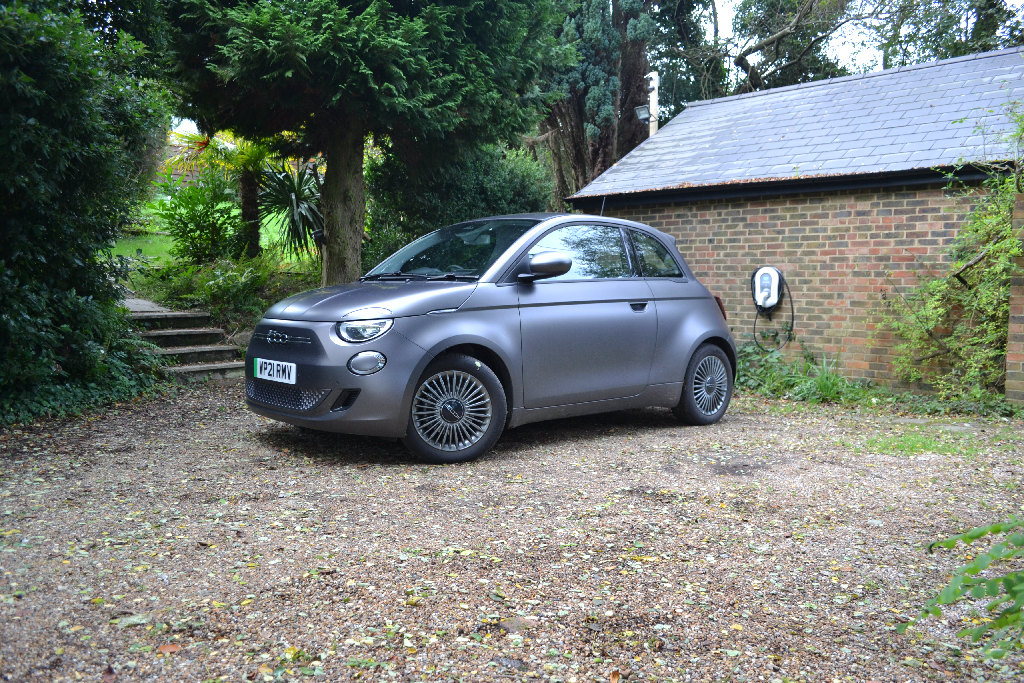
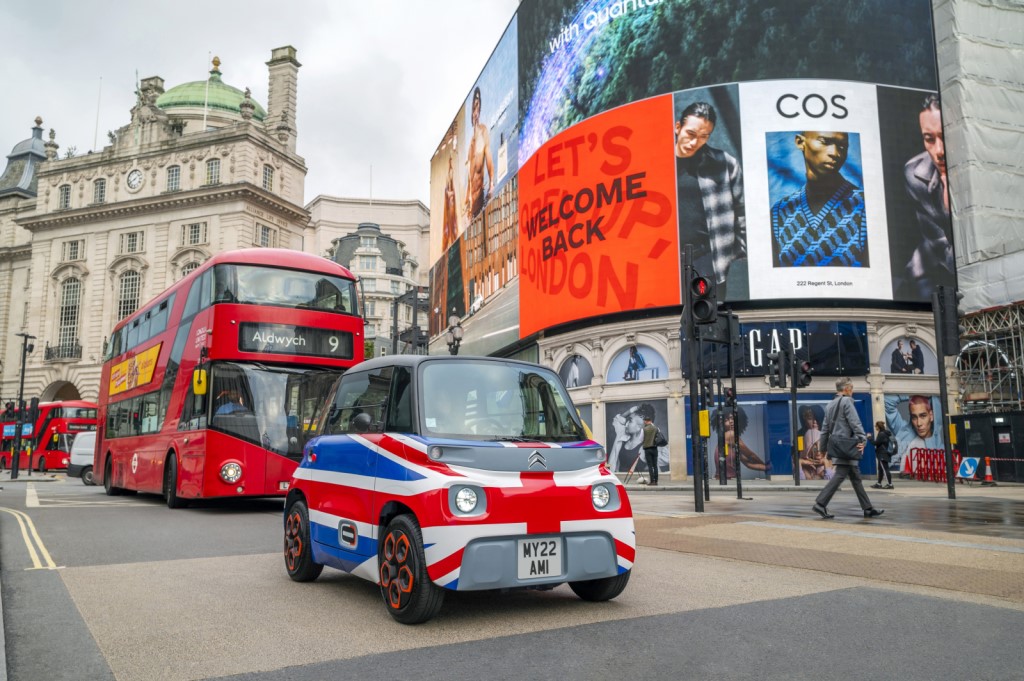

Comments (0)
Be the first to write a comment
Login/ Signup